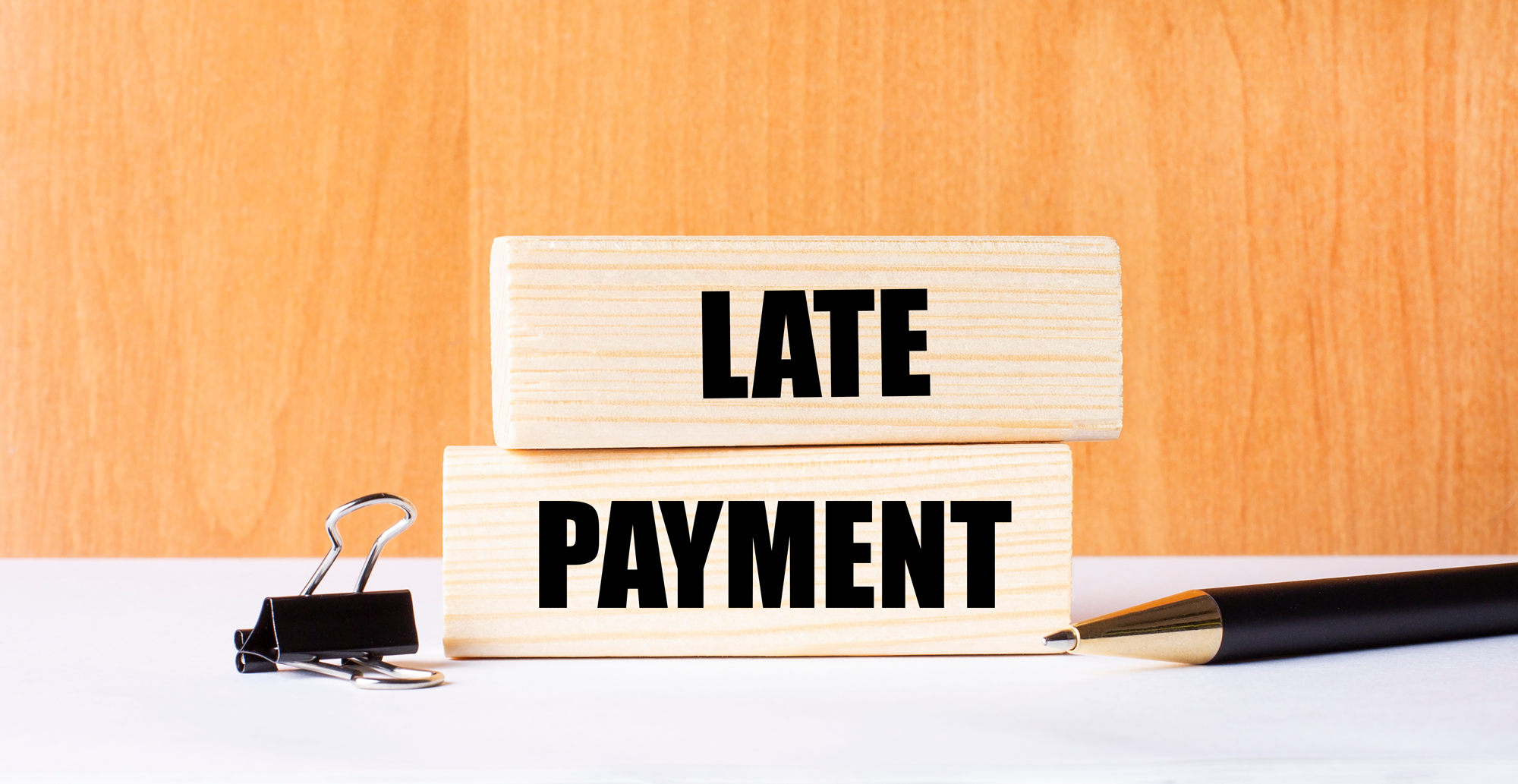Thrive Or Just Survive?
McCrindle Research has done a study that examined the Australian Bureau of Statistics data on business start ups and failures. The purpose of the study was to identify which types of businesses have the best survival rates, where they are located and what industries they are in. The results are certainly not what we expected.
Estimates suggest there is one actively trading business for every 10 people in this country. Of all the new businesses started four years ago, a staggering 51.4% are no longer operating. The data certainly proves the GFC took its toll but incredibly, close to 40% of the two million businesses operating in Australia four years ago no longer exist. Of course, some businesses collapse, new ones start, some are sold and others cease because the owner becomes ill or decides to take a full-time job. Not every business is built to last, however, 40% is a staggering number. The concern is, these figures could get higher given 20% of businesses sought a business loan or equity in the last year and the vast majority (75%) used the funds to cover short term cashflow problems or shore up their survival. So what are the key indicators to survival according to the research?
1. The Right Industry
According to McCrindle Research, a start-up's best chance of survival is in the healthcare and social assistance sector (where 61.7% of firms survived), the rentals side of the real estate sector and financial and insurance services (55.1%).
Least likely to survive are those businesses in public administration and safety (where just 37.6% survived), administrative support services (41.3%) and the notoriously unstable arts and recreational services sector (43.4%).
2. The Right Place
Forget the mining boom. According to the data, the best chances for start-up survival are in Tasmania (where 54.2% of firms survive), South Australia (52%) and Victoria (49.6%). On the flip side, small business owners found the going hardest in the Northern Territory (where 45.1% of firms survived), New South Wales (47.3%) and Australian Capital Territory (47.7%).
3. The Right Structure
According to the research, it's very tough as a sole trader who report a significantly lower survival rate (at just 37.2%) compared to other structures. Trusts are the most likely start-up legal entity to survive (61.8% survival rate), followed by public companies (57.1%), private companies (52.5%) and partnerships (51.3%).
4. The Right Number of Employees
Given the low survival rates of sole traders, it's not surprising that non-employing businesses have the lowest survival rates at 43.4%. The analysis shows that businesses with 20-199 employees have the best chance of survival (67.8%), followed by businesses with five to 19 employees (64.5%), and one to four employees (58.7%). Survival rates were slightly lower for businesses with 200 or more employees. If you were to rely on the statistics, the message is to get out of the micro business phase as soon as possible.
5. The Right Turnover Level
Forget about getting to $1 million in sales, getting past a turnover of $50,000 will boost your chances of survival. Start-ups with a turnover of more than $2 million have a 66.9% survival rate, followed by those with between $200,000 and $2 million (57.5%) and between $50,000 and $200,000 (48.2%). Those with less than $50,000 in annual sales had a survival rate of just 43%.
Starting a business is a bit like a game of chess, to succeed you need to make the right opening moves. Talk to us today and we’ll help you make the right moves.











